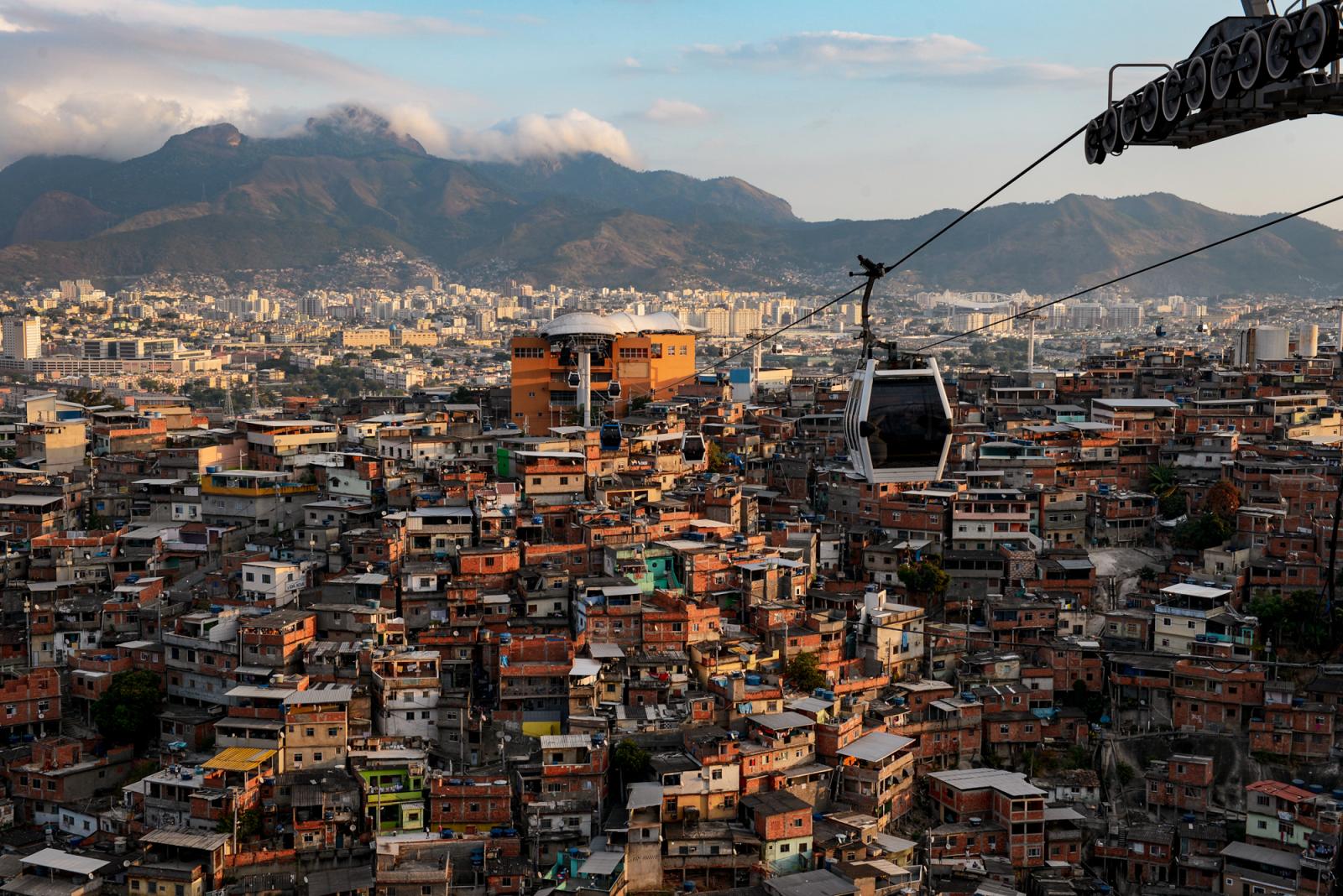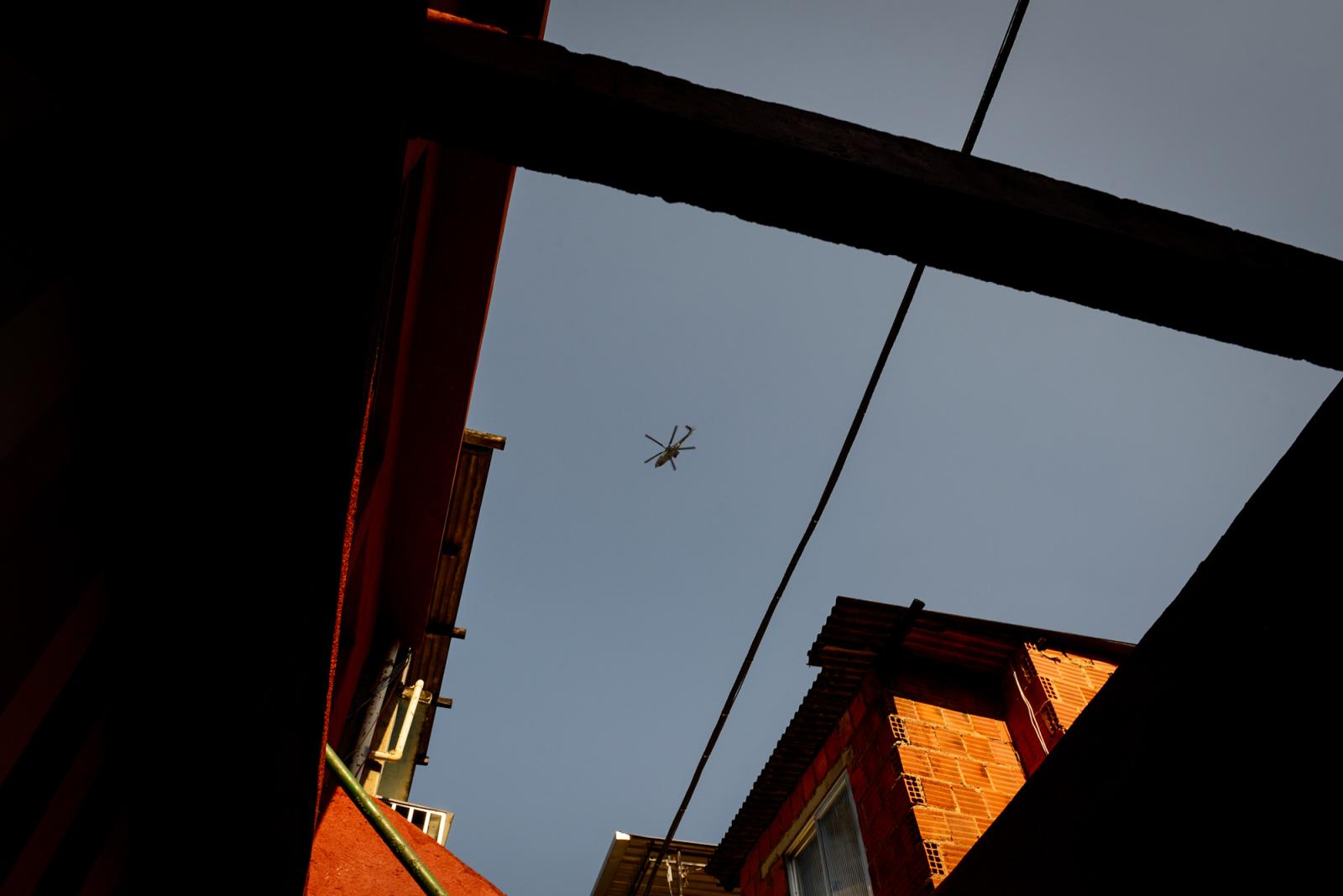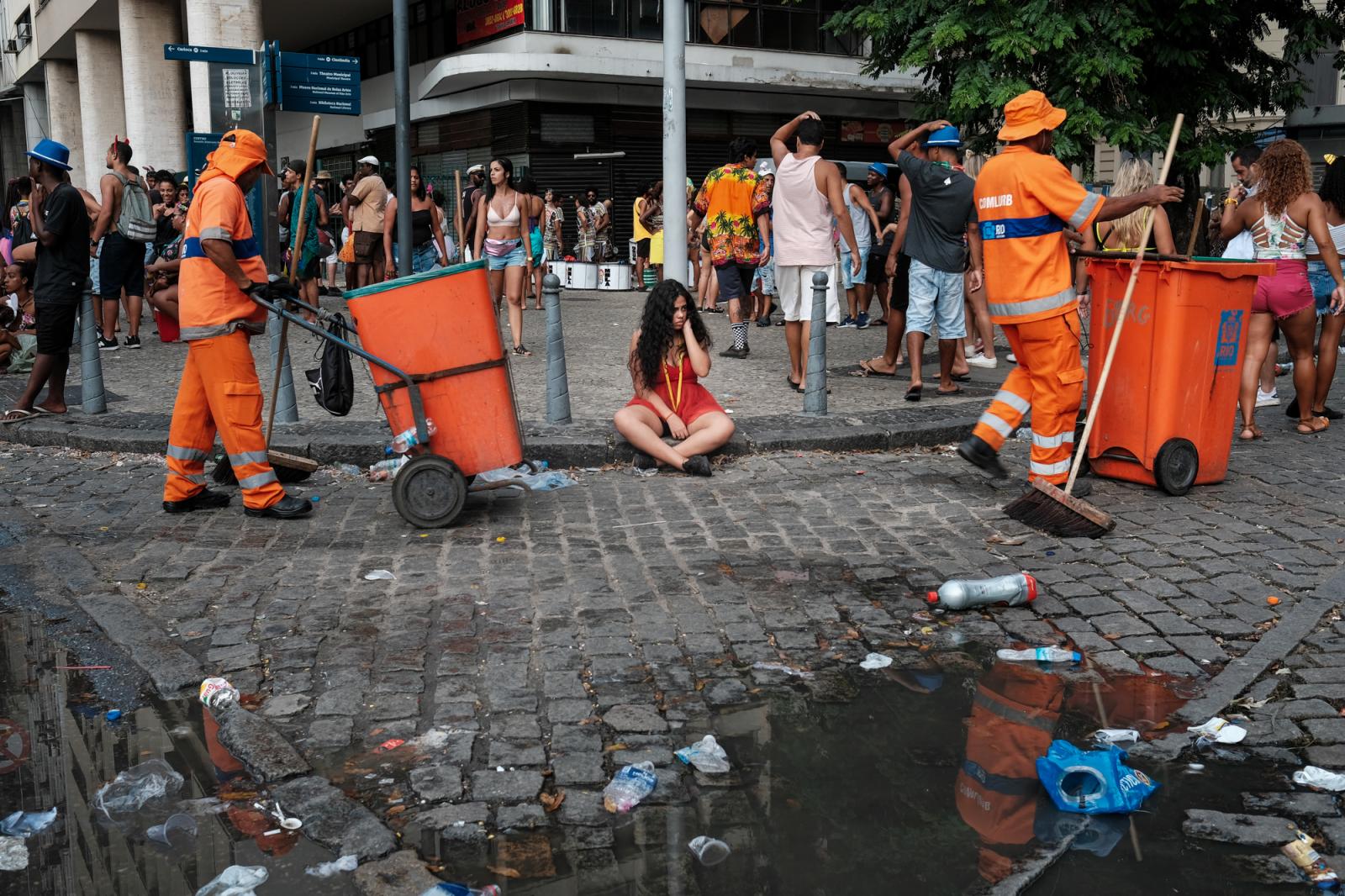Public Story
Beautiful and Broken
Summary
Rio de Janeiro is Brazil. The country's second-largest city was both the historic seat of government and the port of entry for tens of millions of African slaves, more than any other. A magnet for wealthy tourists and poor migrants alike, Rio de Janeiro remains seductive for its vibrant culture and natural beauty. It is also a city divided, a poster child for the country's endemic inequality and injustice. As international media attention evaporated after the Rio2016 Olympics, the city's long-awaited revival was replaced by a hangover of broken dreams and a deep recession.
By 2017 it was clear that the much touted favela Pacification Program had failed. Turf wars between rival gangs began to erupt across the city. Even with four of the previous five governors of the state of Rio de Janeiro behind bars corruption remained endemic. Rio's militias – paramilitary mafias linked to right-wing politicians and security forces – expanded violently into poor and rich neighbourhoods alike while further infiltrating all levels of government. Essential infrastructure and 400-year-old heritage sites decay and crumble as development projects are inexplicably paralyzed or lie abandoned. In March 2018, a rising progressive star in city hall, 38 year-old councilwoman Marielle Franco, is brutally murdered together with her driver, in a drive-by shooting after being followed on the way home from a local speaking event on empowering working-class and black women in politics. Nobody doubts that the militia pulled the trigger, but who sent them?
Brazil inaugurated the rightwing president Jair Bolsonaro in 2019, himself a resident and congressional representative of the conservative stronghold of Rio since 1989. The Bolsonaro clan, with its deep connections both to Rio's militias and its political class, represents some of the most insidious reactionary groups within Rio de Janeiro and Brazilian society. His election and that of his local allies would herald the return of heavy-handed, law-and-order policies reminiscent of the worst years of the military dictatorship. Few progressives in the city expected any sympathy for the poor or marginalized. The governor would order police to machine-gun favelas from helicopters. Already one of the most violent in the world, Rio's police would now be given awards for killing, a state-sanctioned 'shoot first, ask questions later'. The Pentecostal bishop-mayor does little aside from tending to his evangelical electorate praying for Armageddon while the streets fill up with homeless, drug addicts and armed robberies.
This work is a first chapter in a longterm documentary project about Rio de Janeiro which traces the city's socio-political trajectory from the post-Olympics hangover through the rise of Bolsonarismo, Covid-19 and their aftermaths. The title comes from a chapter in Juliana Barbassa's 2016 memoir of the seductive and chaotic city in the run-up to the 2016 Olympic games. Even in those heady days of festive optimism she saw the cracks starting to form. In that same spirit, this work aims to document a critical period of Rio's history with a focus on the peripheries of the city, far from its iconic beaches and Christ the Redeemer, where the majority of the city's working class lives.


























